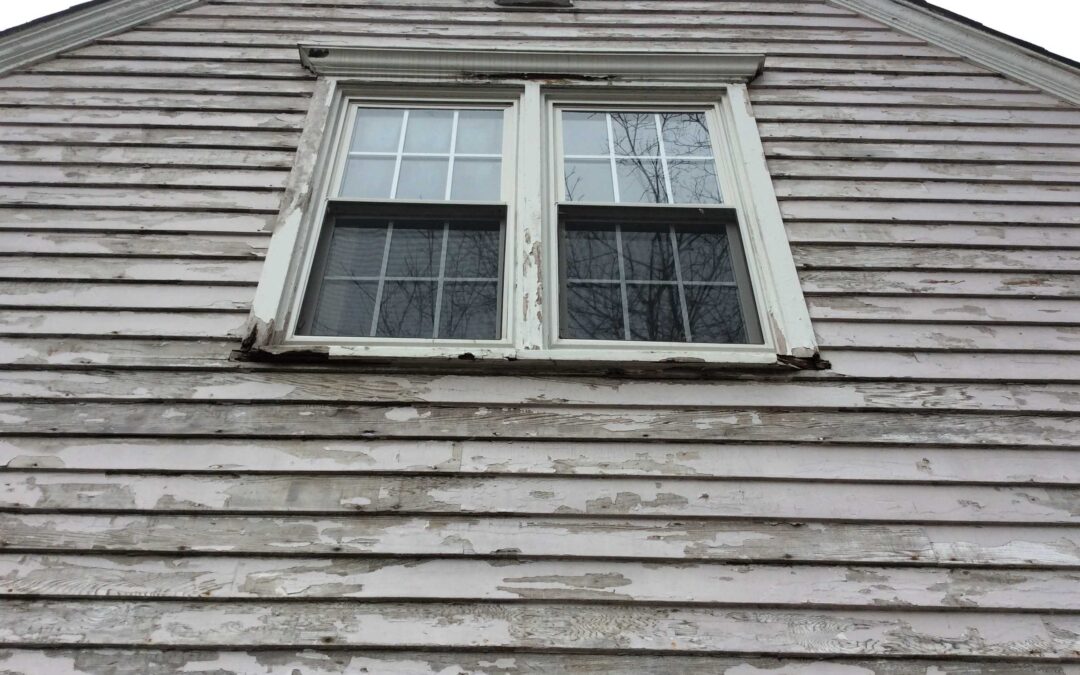Dry Rot
The Silent Destructor
Every year, homeowners spend millions of dollars repairing damaged wood in their homes In fact, the amount spent on repairs and replacement over the last decade has, according to the U.S. Department of Agriculture, grown to nearly 30 percent of the overall expenditure in “Solid Wood Timber Products Consumption” – and one of the ugliest culprits behind this unfortunate trend is the dreaded serpula lacrymans – also known as “dry rot”. But while no one wants to find out that their deck or their basement or any part of their home has dry rot, the good news is if you do get that feared diagnosis, Flora Brothers is here to help. Read on to learn more about this silent destructor and what you can do to keep it at bay.
Dry rot – a brief history lesson
The term “dry rot” has been used for centuries and in the 1800s was cited as the explanation behind the rotting of some of the U.S. Navy’s boats. But oddly enough, because the rotted wood looked dry, it was also believed that water couldn’t be the cause. When ships were brought inland for winter storage, unbeknownst to the men working on them, the damage had already occurred. And as the wood dried and crumbled the term “dry rot” was used to describe the deterioration. Of course nowadays, we know that there’s nothing dry, about dry rot.
Understanding rot
Although dry rot is often used to describe the rotting and deterioration of wood, the term itself is a bit of a misnomer – because in all actuality, there’s nothing dry about it. In order for dry rot to occur, there needs to be moisture – and a lot of it. According to the U.S.D.A’s “Wood Handbook – Wood as an Engineering Material”, the two species of fungi that cause dry rot need a raised moisture content of nearly 30 percent in order to begin attacking timber.
Bottom line, wood can’t rot, if it isn’t wet – or if it hasn’t been wet earlier in its life – which is why it’s crucial to make sure the wood being used to build a deck or floor your home hasn’t previously been over exposed in a highly damp environment. But whether you live here in Central Indiana, a coastal town, or the high desert, all homeowners should be aware of the following three types of rot: White rot, soft rot and brown rot.
- White rot is fairly common on old tree stumps and decaying roots. This type of rot turns wood into a grayish or cream colored, malleable surface.
- Soft rot, though rarely found inside a home, can wreak havoc on things like fences, wooden window moldings, and telephone poles. This type of fungi grows in damp climates and marine environments.
- Brown rot, sometimes referred to as “dry rot”, causes wood to split in the opposite direction of the grain. If untreated, the wood will eventually fall apart and turn into a dry, dusty mess.
Getting rid of the rot
Bear in mind rots can grow slowly and almost hibernate for long periods of time, making it hard to detect. And the longer the rot exists, the more extensive the damage can be. But there are ways to get rid of the rot and restore your structure’s integrity. Here, four steps to getting the rot out for good:
- REMOVE – Before doing any kind of repairs, all infected wood needs to be removed and disposed of. Typically, any wood or other material like plaster or masonry, that’s within three feet of the damaged wood is also removed.
- RESURFACE – A thorough cleaning and scrubbing with an abrasive device is needed to help dislodge any leftover pieces or contaminated wood.
- REPAIR – Depending on the severity of the damage, sometimes an epoxy treatment can be applied to help kill the rot and restore the wood’s veracity.
- REBUILD – Lastly, rebuild the structure with a good cedar or pressure-treated wood.
So if you think you might have any kind of rot damage in your home, your deck or even your fencing, give us a call – we’ll not only give you a free estimate, but we’ll make sure your repair is one that lasts without any future visits from serpula lacrymans.

